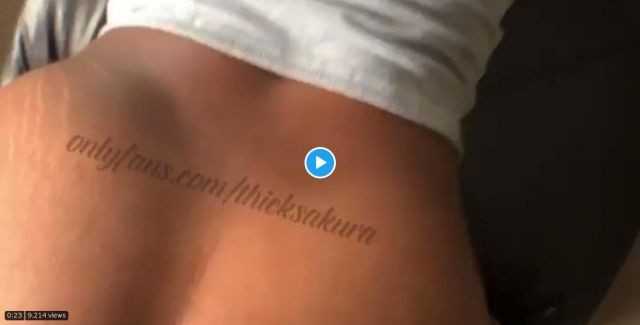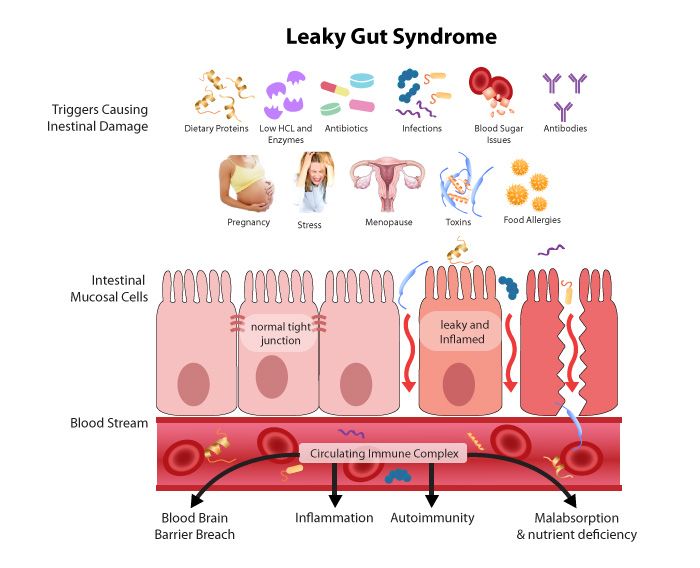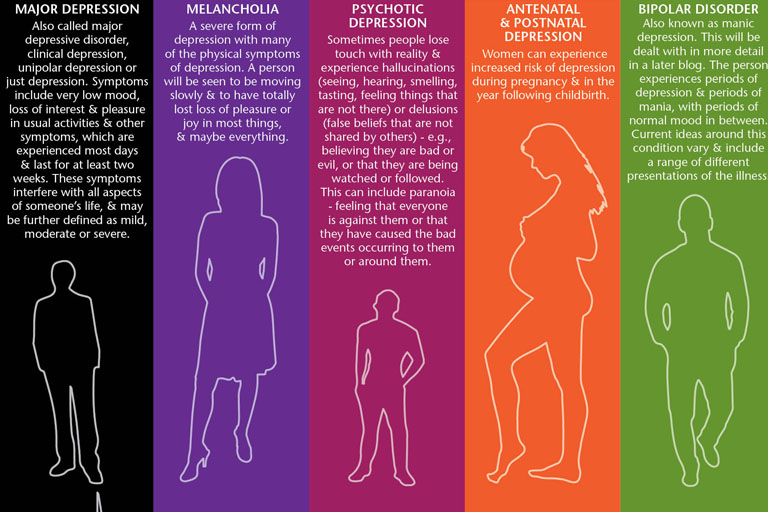Signs of overheated baby
Signs, Prevention, and Next Steps
From family picnics to vacations to pool parties, summer is full of fun. It can also get pretty hot and sticky depending on where you live, so you might worry about keeping your baby cool as the temperatures climb.
Overheating doesn’t just make your little one uncomfortable. During sleep it can also increase their risk of sudden infant death syndrome (SIDS) and other concerns, like heat rash.
Here’s how to spot overheating in your baby, plus tips to keep cool in summer (and winter) and signs that should prompt you to visit your child’s pediatrician.
Use your senses when evaluating whether your baby is overheating. Touch their skin and look for redness in their face as well as signs of discomfort or distress.
Keep in mind that some signs of overheating overlap with symptoms of fever or dehydration in your baby. Since young infants may not sweat much in general, your little one may be overheated from their environment without appearing to sweat.
To help you figure out whether baby is overheating, pay attention to whether your little one:
- feels hot (with or without a fever).
- looks flushed or red
- is sweating or has damp hair (though keep in mind that babies can be overheated without sweating)
- acts fussy or restless
- has an elevated heart rate (tachycardia)
- seems overly tired, sluggish, or listless
- appears confused, weak, or dizzy
- feels nauseous or is vomiting
A standard temperature reading for babies is around 97.5°F (36.4°C). Your baby’s temperature can vary depending on:
- the time of the day
- what they’re wearing
- how you take their temperature (in the rectum versus on the forehead)
Unlike adults, babies have trouble regulating their body temperature. So, a reading of 100.4°F (38°C) or above is considered a fever and is particularly concerning in babies under 3 months old.
Keep in mind that overheating and a fever are two different things, though both cause an increase in body temperature.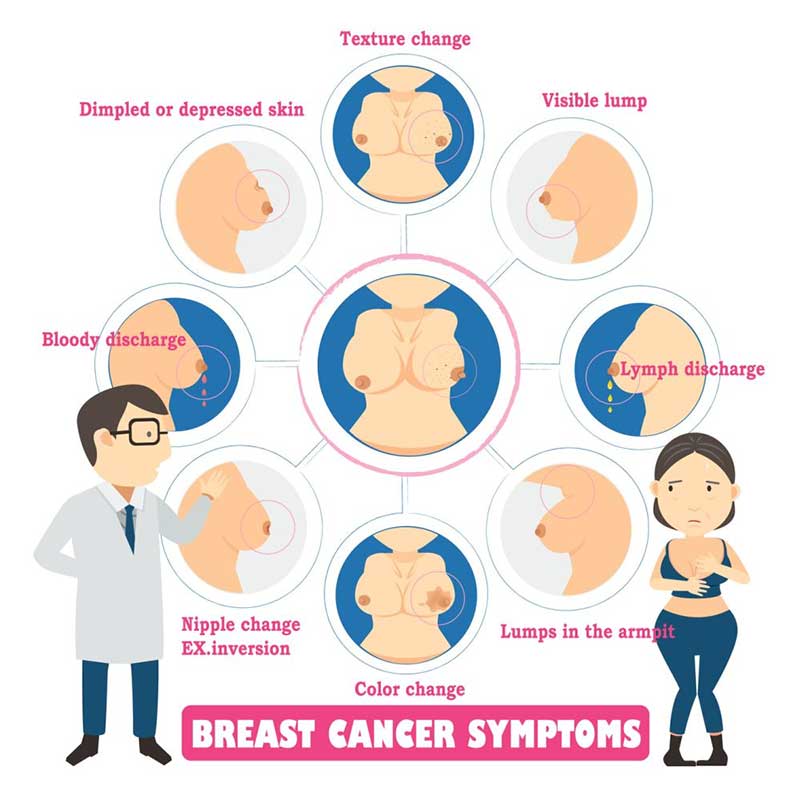
Ideally, you’ll want to keep your baby’s room temperature to between 68 and 72°F (20 and 22°C) and no higher than 75°F (23.8°C). This temperature range is appropriate in both winter and summer.
When dressing your baby, consider how you might dress yourself to be comfortable while sleeping. Too many layers, even in the winter, can lead to baby overheating in their sleep.
Your house thermostat may not give an accurate reading for the room your child sleeps in, so you might consider using a baby monitor that measures room temperature.
In hot weather
Of course, it can be difficult to maintain ideal temperatures during a heat wave or when you’re outdoors during the summer months. Here are some ways you can keep baby cool:
- Lower your baby’s room temperature to below 75°F (23.8°C). If you don’t have air conditioning, you may use a fan — but don’t point it directly on your baby at full blast. Instead, use an oscillating (moving back-and-forth) feature or point it so it circulates air around the room.

- Keep your baby out of direct sunlight, especially at the peak hours of the day, which are 11 a.m. to 5 p.m. The same applies to sun exposure under windows, which may make the heat more intense.
- If you can’t get the room cool enough, try temporarily moving your baby’s sleep space to a cooler spot in the house. Otherwise, close any curtains to keep out as much heat as possible and dress your baby in fewer layers.
- Consider taking breaks from your home during heat waves if you don’t have air conditioning. You can visit stores, the library, or cooling centers set up by your community if you need a break from the heat.
- Don’t leave your baby inside your vehicle unattended. Even on mild days, heat builds quickly inside cars and can lead to concerns beyond overheating, including heat stroke and even death.
In cold weather
Even well-meaning parents may bundle their babies too much in cold weather. Overheating from too many blankets or clothes in the winter months is one of the leading risk factors for SIDS, according to 2017 research.
Here are a few tips:
- Dress your baby as you would dress yourself for the temperature of the room. At most, add only one more layer or a blanket or swaddle to keep your baby warm.
- The same goes with traveling in the car. Resist bundling your baby with too many blankets, especially when you have the car’s heat running. You should also remove your baby’s jacket before putting them in a car seat. Riding in a car seat in a winter coat can make the car seat less effective if you’re in an accident.
- Ditch the extra blankets and comforters inside the crib. They may contribute to overheating and pose suffocation risks.
- Don’t bump the heat up any higher than 72°F (22°C).
- Avoid having your baby sleep too close to heating vents, portable heaters, or fireplaces.
You can take some steps to help cool down your baby at home, including:
- Move your baby to a cooler space in your home.
- Remove excess layers of clothing and replace with loose-fitting, dry clothing.
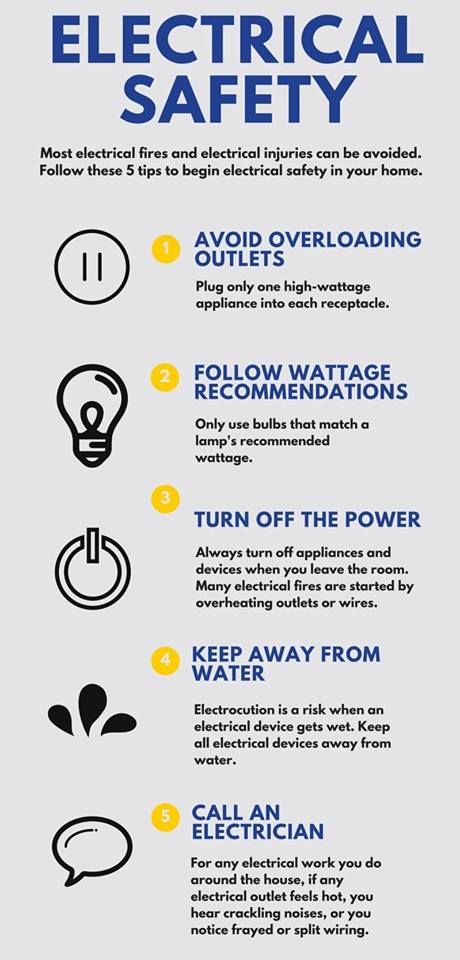
- Give your baby a tepid or lukewarm bath, or place a cool washcloth on their skin.
- Breastfeed or give baby extra formula feeds for hydration.
Just be sure to monitor your child’s temperature and watch for other signs of more serious heat-related illness that may warrant medical attention.
Babies who become overheated may risk other health concerns that need prompt attention. At very least, overheating may make your child lose sleep because they’re uncomfortable.
Other risks include:
- Heat rash. Also called prickly heat, this rash is especially common in babies who are overheated. It looks like tiny red bumps in your baby’s skin folds, around the neck, and on their bottom.
- Heat exhaustion or heat stroke. Your baby may sweat heavily, have a rapid or weak pulse, or have very hot or cold, clammy skin. Heat exhaustion and heat stroke are true emergencies. If your child is vomiting or passes out, call 911 right away.
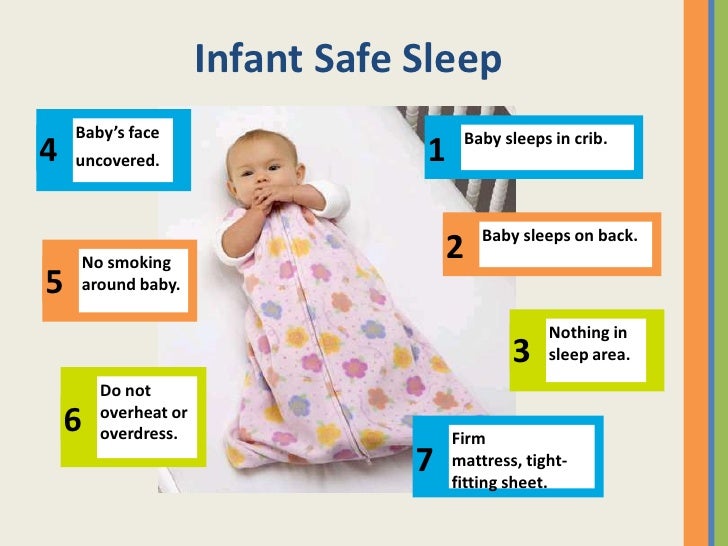
- Dehydration. When your child’s body temperature is elevated, they may sweat excessively and lose fluids and electrolytes, leading to dehydration. Symptoms include lack of tears, decrease in wet diapers, and lethargy.
- SIDS. Along with placing your infant on their back to sleep, you should also pay attention to how you dress them for naps and nighttime rest. Too many layers of clothing, swaddles, or blankets may raise your baby’s body temperature and put them at risk of infant sleep death.
It can be hard to tell if your baby is overheating or has a fever. When in doubt, call your pediatrician. It’s better to play it safe.
If your child is under 3 months old and has a rectal temperature above 100.4°F (38°C), you should call your baby’s doctor or go to the emergency room as soon as possible. While your little one may be overheated, there are other concerns your doctor may want to screen for, including infection.
Also call your doctor if baby:
- is lethargic or difficult to wake
- is very fussy or irritable
- is vomiting or not eating or drinking as usual
- is inconsolable or won’t stop crying
- has a seizure or is not acting like themself
- has a temperature that won’t go down with measures taken at home
Seek emergency medical help
You should also get medical help immediately if overheating was caused by being left in a hot car or some other overly hot environment.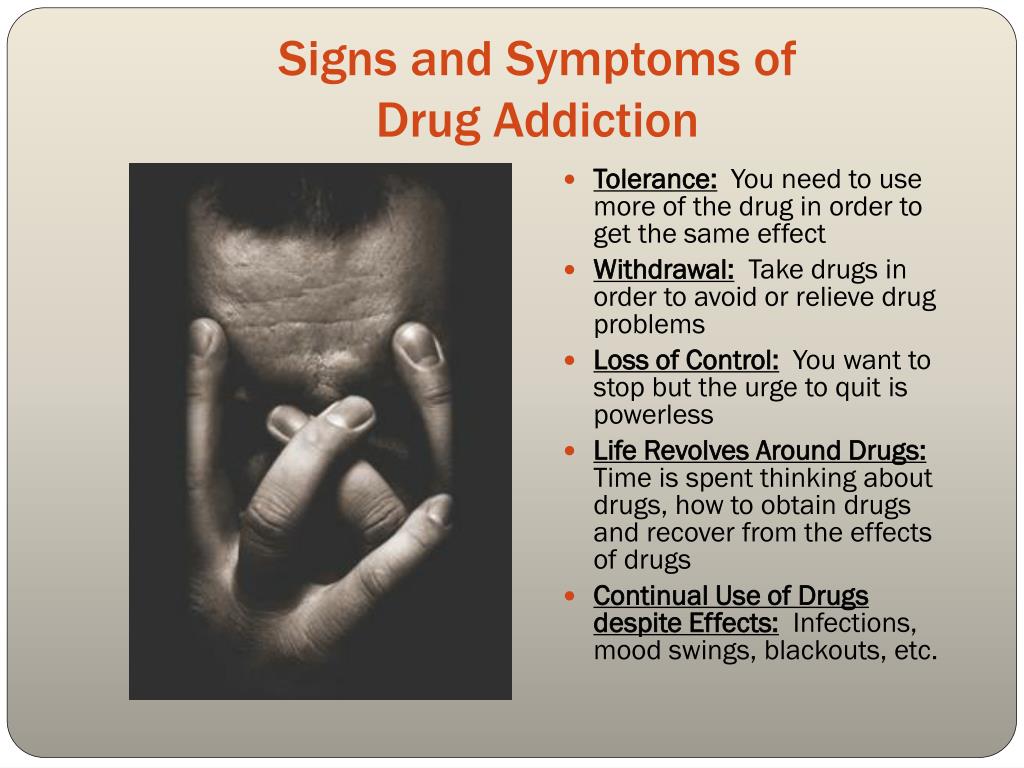
Bottom line: Call your pediatrician if you have concerns, no matter how small they may seem.
Babies cannot regulate their body temperature as efficiently as older kids and adults.
So, it’s important to pay attention to your little one’s environment and other factors, like how they’re dressed, to ensure comfort and safety.
If you have any other questions about safe sleep or signs of overheating, don’t hesitate to contact your baby’s doctor.
Is Your Baby Overheating? Signs Your Baby Is Too Hot – Happiest Baby
By Dr. Harvey Karp, MD, FAAP
On This Page
- Why Babies Overheat Easily
- Normal Infant Temperature
- Signs of Overheating
- Ideal Room Temperature
- How to Prevent Overheating During Sleep
- How to Prevent Overheating in the Winter
- How to Prevent Overheating in The Summer
- How to Cool Down an Overheated Baby
- Overheating & Heat Rash
- Overheating vs.
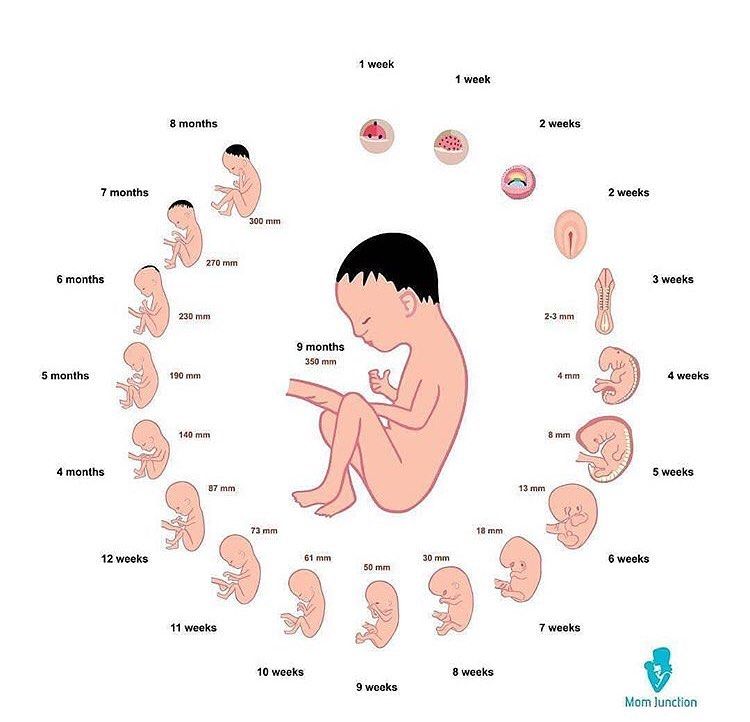 Fever
Fever - Final Thoughts on Overheating
You never want your little one to be too hot! If your baby’s overheating, they're likely uncomfortable, their sleep may suffer, and they may get heat rash. But there’s an even more serious concern: Overheating can raise the risk of infant sleep death, also called SIDS.
Studies have shown that thick clothing, too many layers, and high room temperatures increase the risk of SIDS. While it may seem counterintuitive, infants are at higher risk of SIDS during the winter months. That’s because parents worry their baby may get cold and they try to prevent that by overdressing them or cranking up the heat.
Why Babies Overheat EasilyInfants are not great at regulating their core temperature. For one, their body temperature rises much faster than yours. Plus, babies and children sweat less, which greatly reduces their ability to cool down. And it’s not just that babies are more prone to overheating, they’re more likely to be affected by a heat-related illness, too. For instance, because babies’ sweat glands aren’t yet fully developed, they’re more likely to get heat rash or prickly heat.
And it’s not just that babies are more prone to overheating, they’re more likely to be affected by a heat-related illness, too. For instance, because babies’ sweat glands aren’t yet fully developed, they’re more likely to get heat rash or prickly heat.
A normal temperature in babies is around 97.5 degrees Fahrenheit (36.4 degrees Celsius). Overheating and fevers in babies are around 100.4 degrees Fahrenheit (38 degrees Celsius) or above. Keep in mind that normal baby body temperatures can vary in your baby throughout the day.
Luckily, there’s an easy way to tell if your baby is too hot. Touch their ears and neck. If their ears are red and hot—and their neck is sweaty—your baby is too warm. Dress them more lightly or cool the room.
Is your baby overheating? How to check...
Below you’ll find a few signs and symptoms of a baby overheating:
- Warm to the touch
- Red skin
- Rapid heartbeat
- Fever without sweating
- Lethargic or unresponsive
- Vomiting
- Dizzy or confused
No matter the season, keep the room your baby is in between 68 to 72 degrees Fahrenheit (20 to 22.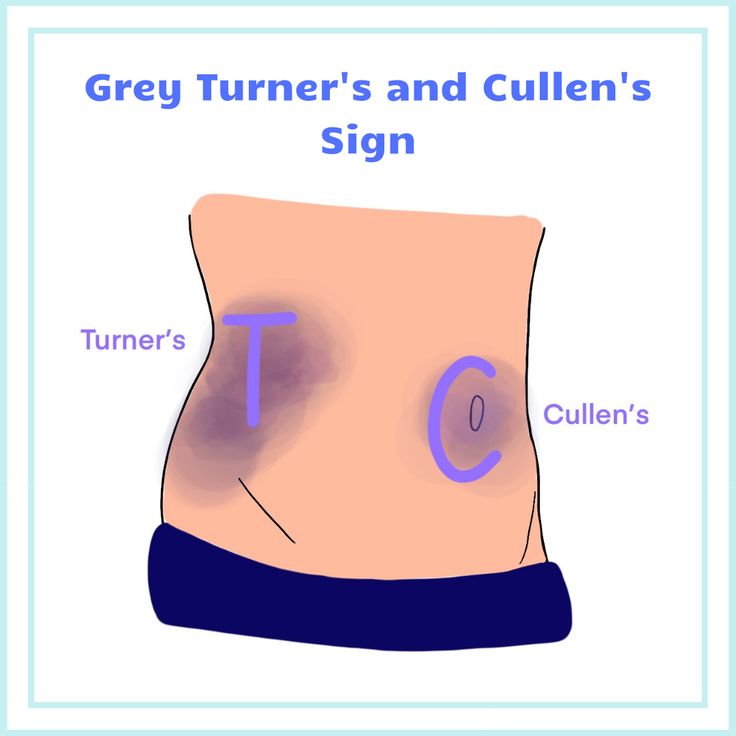 2 degrees Celsius). While you can measure the room temperature with a thermometer, in general, the temperature should not be too cool or too warm for an adult.
2 degrees Celsius). While you can measure the room temperature with a thermometer, in general, the temperature should not be too cool or too warm for an adult.
How to Prevent Overheating During Sleep
In addition to setting the thermostat to the ideal sleeping temperature, avoid over-bundling your little bundle for naps or at bedtime with extra layers of clothing or hats. Here are some pointers on dressing your little one for sleep:
-
DON’T use a hat for sleep. Hats are especially problematic because covering their head reduces your baby’s ability to use their head as a little radiator, giving off extra heat. Also, in the middle of the night, a hat might accidentally slip over your little one’s face and cause breathing difficulties.
-
DO wrap Baby in a lightweight swaddle. In hot weather, it’s fine to let your baby sleep in just a short-sleeve bodysuit and light muslin swaddle. (My Sleepea 5-Second Swaddle is made from organic cotton and features breathable mesh at shoulders and legs to keep babies cool and comfy.
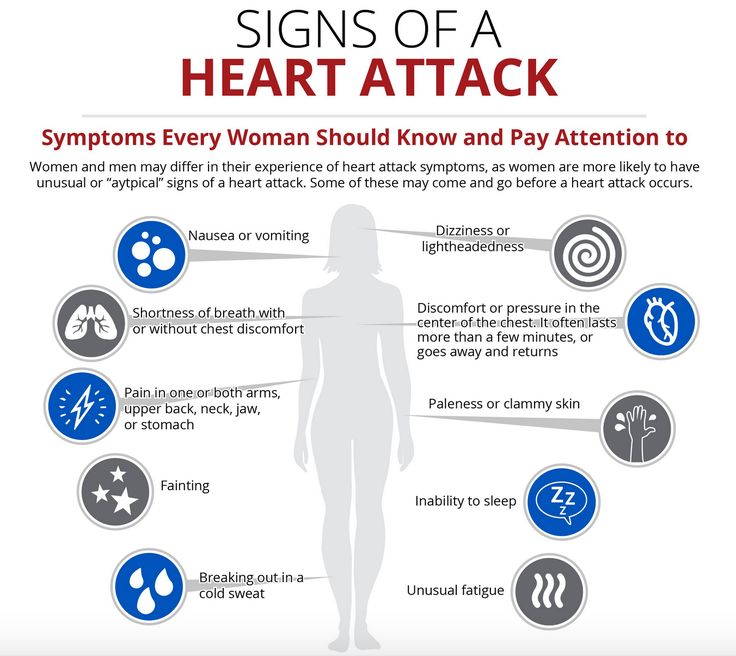 ) In cooler weather, opt for a long-sleeve bodysuit or footie pajamas and a swaddle. (For babies who are rolling, swap the swaddle for a lightweight sleep sack.)
) In cooler weather, opt for a long-sleeve bodysuit or footie pajamas and a swaddle. (For babies who are rolling, swap the swaddle for a lightweight sleep sack.) -
DON’T use loose blankets. Never use loose blankets, which are an overheating risk and a suffocation risk. (A safe crib is a crib free of toys, blankets, and all objects except a pacifier.)
-
DON’T use electric blankets (or heating pads) with your baby. These overheat infants and expose them to electromagnetic radiation.
-
DO place Baby’s bassinet away from the heater. Keep your little one a good distance away from heating vents, radiators, portable heaters, and fireplaces to avoid overheating.
Bundling babies for cold-weather adventures—plus cranking the indoor heat—can easily increase their risk of overheating. Not only are babies terrible at regulating their body temperature, they lack enough body fat to keep themselves insulated and snug.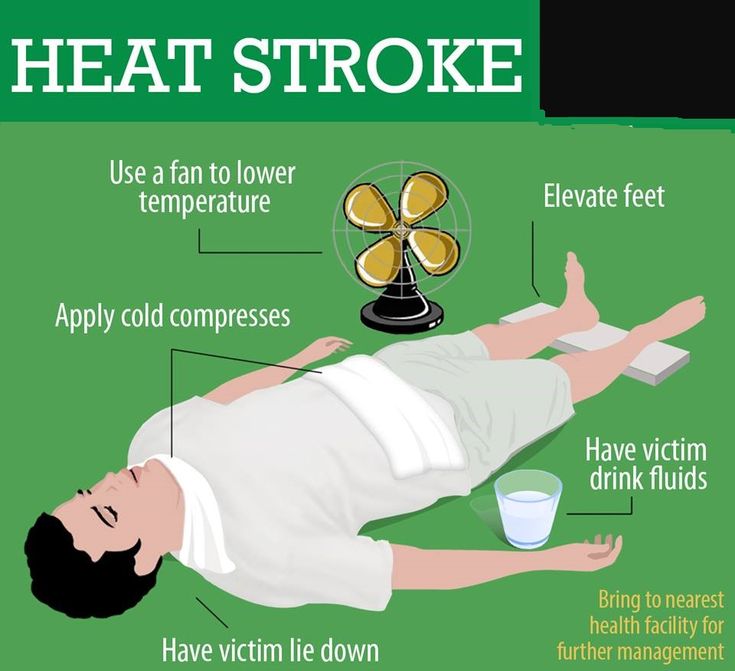 Plus, newborns have yet to develop the shiver reflex, which works to increase body heat in the cold. Here are common-sense steps to avoid your baby overheating in the winter:
Plus, newborns have yet to develop the shiver reflex, which works to increase body heat in the cold. Here are common-sense steps to avoid your baby overheating in the winter:
-
DO dress Baby in layers. Dress your little one in one more layer than you’re wearing. If your bub gets too warm, simply peel off a layer. For outdoors, start with a long-sleeve cotton bodysuit, then add soft pants, socks, and a sweater. If you’ve got a jacket on, your baby should have a jacket or snowsuit on, too—plus a blanket. Finally, don’t forget a hat, mittens, and warm booties to keep their head, hands, and feet warm
-
DON’T dress your baby in a sweater when using a baby carrier. If you’re wearing a baby carrier, your baby likely doesn’t need a sweater or sweatshirt under their jacket. That’s because your body heat will provide just enough extra warmth to keep your little one toasty, without overheating. (Make sure your little one’s face isn’t pressed against your chest or clothing!)
-
DO use a blanket instead of a coat in the car.
Bulky coats and snowsuits should not be worn in the car seat. They leave too much space under the harness, endangering your baby in the event of a car accident. Instead, secure your little one into their car seat jacket-free, then place a blanket on the lower part of their body. Once the car warms up, remove the blanket.
It’s no surprise that high outdoor temperatures put babies and children at an elevated risk for becoming overheated. Here are some easy to-dos to keep your little one from overheating in the summer:
-
DON’T go out during peak heat. The day is always at its hottest between around 10am and 2pm. Try to avoid extended outside time during those hours when the temperature is high. And spend time in the shade otherwise!
-
DO seek air conditioning. If you don’t have air conditioning at home and you’re experiencing extreme heat, find a nearby building that has AC, like the library or shopping mall.
And if you do have AC, never put your baby to sleep next to the unit or they’ll get too cold.
-
DON’T cover the stroller. Draping your baby’s stroller with a muslin blanket may shield your bub from the sun, but it traps heat, increasing the temperature of the stroller…and your baby. Instead, use a large canopy or mesh sun shield specially designed for strollers that provide shade and adequate airflow.
-
DO keep hydrated. Babies get all their hydration needs from either breastmilk or formula, so on steamy days, offer more of the same. But you should not give your baby water in the first 6 months of life. From 6 to 12 months, however, 4 to 8 ounces a day is okay.
How to Cool Down an Overheated Baby
If you believe your baby is overheating, then here are some steps that you can try to cool down your little one:
-
Offer your baby fluids. If younger than 6 months, offer breastmilk or formula only.
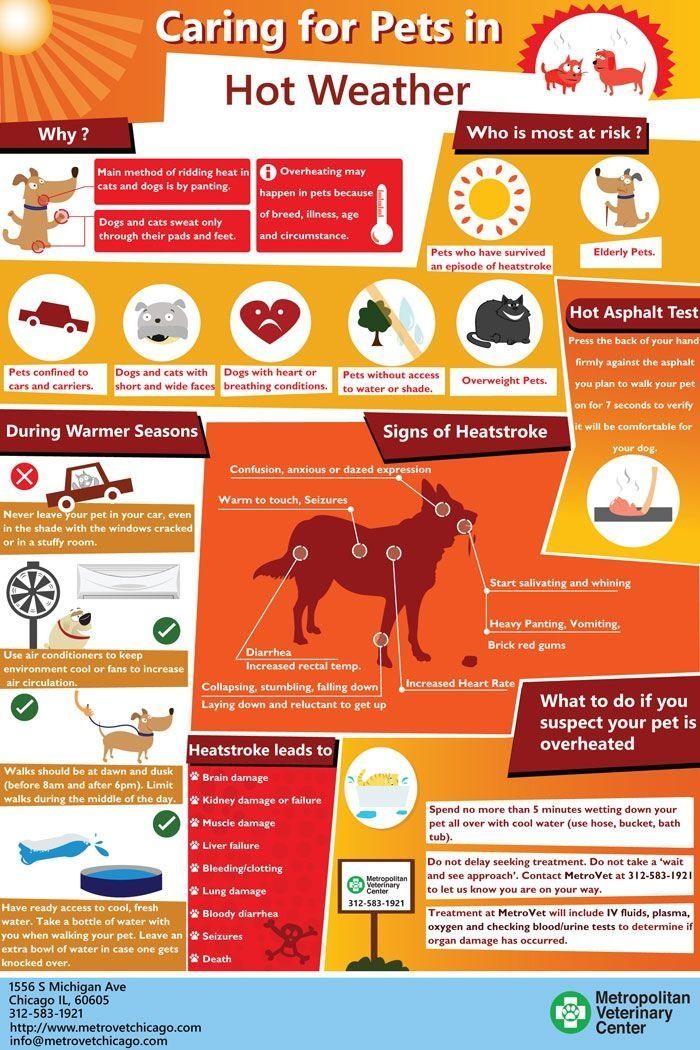 If between 6 months and 1 year, offer 4 to 8 ounces of water a day.
If between 6 months and 1 year, offer 4 to 8 ounces of water a day. -
Take your baby to a cooler room. Know that lower floors—and shaded rooms—will be cooler.
-
Dress your baby in light clothing. Cotton and breathable loose-fitting fabrics are ideal.
-
Sponge your baby in lukewarm/cooler water. Don’t use cold water or ice in the bath.
-
Apply a cold compress. Hold it to your baby’s forehead or limbs to help cool them down.
If symptoms do not improve, contact your pediatrician.
Baby Overheating & Heat RashBabies develop heat rash (aka prickly heat) when their salty sweat gets trapped and irritates the skin. It most commonly appears on your baby’s neck, armpits, chest, back, elbows, or thighs. The rash presents as little red dots (irritated hair follicles) and splotchy skin and can be accompanied by fever, chills, and bumps.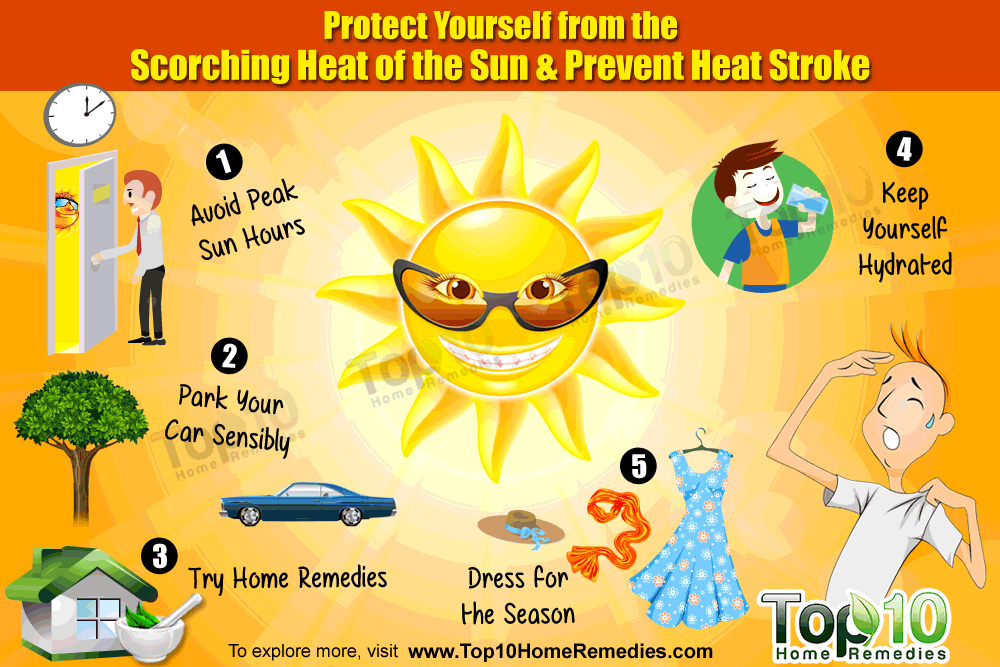 In most cases, heat rash generally fades on its own within two to three days. But if you think your child has a heat rash, give your doctor a call anyway. They may recommend you sprinkle on a dusting of cornstarch powder—never talcum—to absorb excess sweat and prevent irritation. Applying a cool compress to the heat rash and giving your bub cool baths can help, too.
In most cases, heat rash generally fades on its own within two to three days. But if you think your child has a heat rash, give your doctor a call anyway. They may recommend you sprinkle on a dusting of cornstarch powder—never talcum—to absorb excess sweat and prevent irritation. Applying a cool compress to the heat rash and giving your bub cool baths can help, too.
It’s natural to think that your overheated baby may have a fever. To be sure, take your baby’s temperature and consult your healthcare provider if you have any concern. (For the most accurate temperature reading in babies and toddlers up to 3 years old, use a rectal thermometer.) Additionally, the symptoms below indicate that your baby may have a fever:
- Difficulty sleeping
- Lack of eating
- No interest in playtime
- Lethargic or not as active as usual
Any baby under 3 months with a rectal temperature of 100.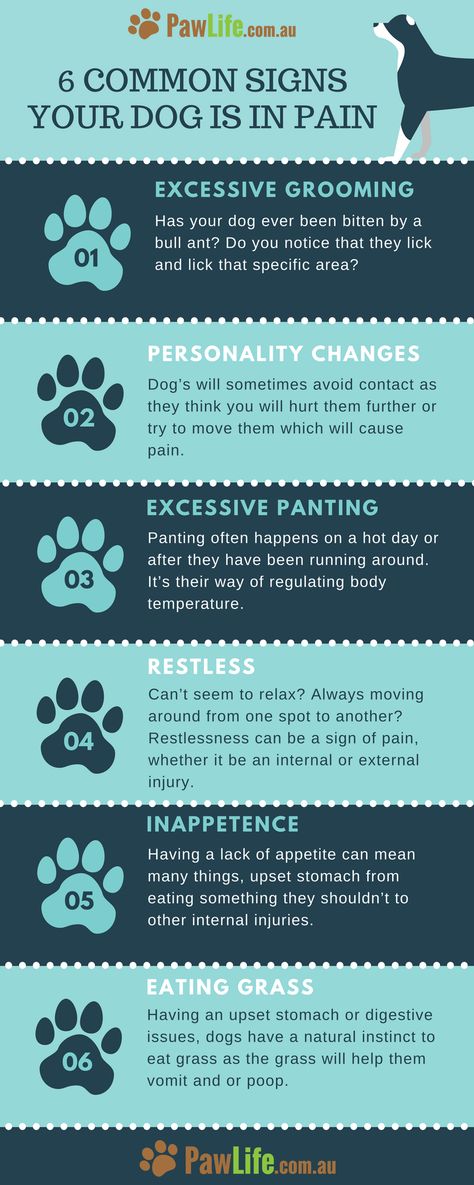 4 degrees Fahrenheit or higher, must be checked by a doctor. And any child with a fever over 104 degrees Fahrenheit needs to be evaluated. So, if you see those numbers, don’t hesitate to give your pediatrician a call!
4 degrees Fahrenheit or higher, must be checked by a doctor. And any child with a fever over 104 degrees Fahrenheit needs to be evaluated. So, if you see those numbers, don’t hesitate to give your pediatrician a call!
The thing to keep in mind is that babies cannot regulate their body temperature well, so you always want to avoid extremes in temperature, whether that’s hot or cold. If you’re ever not sure if your baby is too hot, do the “ear check” to be safe!
More on Baby Safety:
- 6 Winter Care Tips for Newborns
- Flu Shot Need-to-Know
- Dr. Harvey Karp’s Natural Cold Remedies for Babies
- Summer Safety Tips for Babies and Kids
- Smart Sunscreen Advice for Babies and Big Kids
About Dr. Harvey Karp
Dr. Harvey Karp, one of America’s most trusted pediatricians, is the founder of Happiest Baby and the inventor of the groundbreaking SNOO Smart Sleeper.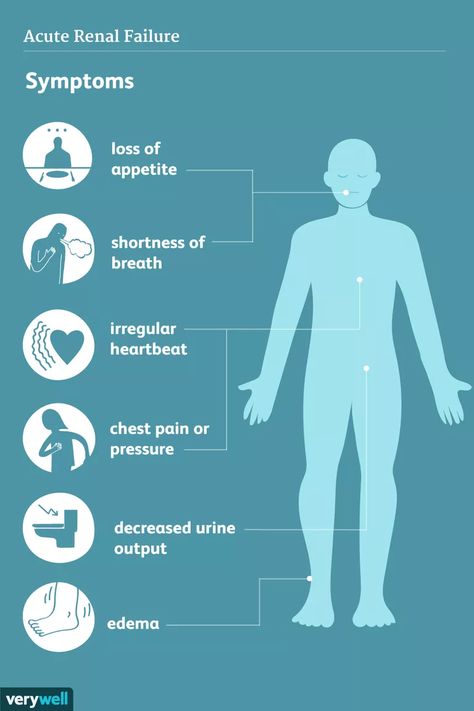 After years of treating patients in Los Angeles, Dr. Karp vaulted to global prominence with the release of the bestselling Happiest Baby on the Block and Happiest Toddler on the Block. His celebrated books and videos have since become standard pediatric practice, translated into more than 20 languages and have helped millions of parents. Dr. Karp’s landmark methods, including the 5 S’s for soothing babies, guide parents to understand and nurture their children and relieve stressful issues, like new-parent exhaustion, infant crying, and toddler tantrums.
After years of treating patients in Los Angeles, Dr. Karp vaulted to global prominence with the release of the bestselling Happiest Baby on the Block and Happiest Toddler on the Block. His celebrated books and videos have since become standard pediatric practice, translated into more than 20 languages and have helped millions of parents. Dr. Karp’s landmark methods, including the 5 S’s for soothing babies, guide parents to understand and nurture their children and relieve stressful issues, like new-parent exhaustion, infant crying, and toddler tantrums.
View more posts tagged, health & safety
Have questions about a Happiest Baby product? Our consultants would be happy to help! Connect with us at [email protected].
Disclaimer: The information on our site is NOT medical advice for any specific person or condition. It is only meant as general information.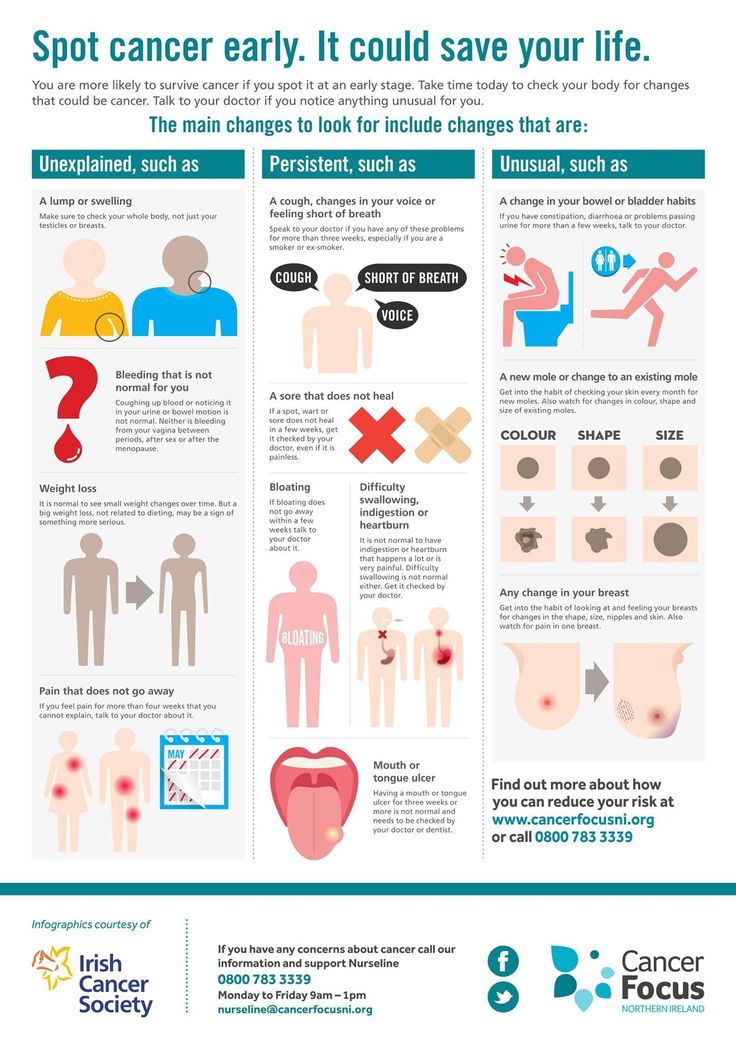 If you have any medical questions and concerns about your child or yourself, please contact your health provider.
If you have any medical questions and concerns about your child or yourself, please contact your health provider.
Heat stroke, sunstroke in children - Councils of pediatricians of the children's polyclinic of the Literary Fund
- Gallery
- Reviews
- Articles
- Licenses
- Jobs
- Insurance partners
- Partners
- Controlling organizations
- Schedule of reception of citizens on personal appeals
- Online doctor's consultation nine0003 The documents
The symptoms of heat stroke and sunstroke are similar.
Main symptoms of overheating:
- rising temperature
- breathing quickens, pulse quickens
- skin dry, hot
- nausea, vomiting
- headache complaints
Children are not always able to talk about their condition. The very first sign for parents is that the skin on the face turns pale or turns very red. This should immediately alert you! nine0027
First aid for heat and sunstroke:
-
Take the child out of the sun undress him. The baby should be moved to a cool, ventilated area. If it does not have a fan or air conditioner, you can simply fan the baby by removing his outer clothing and shoes.
-
Wet compresses . It is necessary to impose wet compresses on the child, starting from the forehead and heart area. Also, don't forget to apply cold wet compresses under your knees, wrists, armpits, and groin area. This will help protect against heat shock. Water for compresses should be cool (not icy!). Do not turn on the cooling of the air conditioner at full power - you risk getting colds that accompany the baby's hypothermia. nine0027
-
Drinking plenty of water . When overheated, the baby develops general dehydration. Doctors recommend giving the victim salted cold boiled water to drink.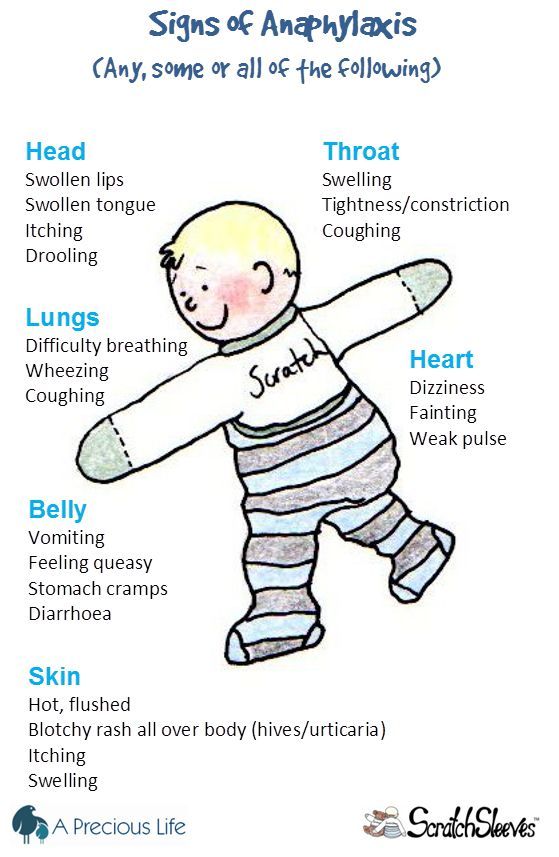 Add half a teaspoon of salt to three cups of water.
Add half a teaspoon of salt to three cups of water.
-
Taking antipyretic . One of the signs of overheating is an increase in temperature. If the temperature does not decrease, use medications. Usually, if overheated, the temperature can stay up to 48 hours. If more, you need to see a doctor. nine0027
-
Redness on the skin (sunburn) . If the redness is slight, you can use folk remedies: fatty sour cream, cucumbers (slices), special creams. If the child is badly burned in the sun, contact a pediatric dermatologist. The doctor will select medications and control the process of skin regeneration.
It is important for parents to remember about the prevention of such conditions:
- In sunny, hot weather, dress your child in light-colored clothes made from natural fabrics. nine0004
- Always protect your head with a light-colored panama or hat with a brim.
- Avoid walking during sunny hours (12 to 16).
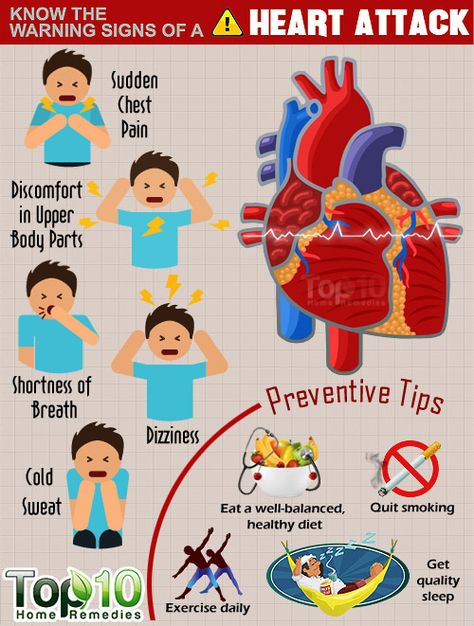
- At this time, avoid intense physical activity in children (trampolining, active games). The child is better in the shade.
- Children should drink more and more!
- Do not feed your baby tightly during hot hours. During the sun, give your child the opportunity to snack on juicy fruits and vegetables. nine0004
- At the slightest suspicion that the child is not feeling well, stop walking, give him first aid and seek medical attention.
Take the child out of the sun undress him. The baby should be moved to a cool, ventilated area. If it does not have a fan or air conditioner, you can simply fan the baby by removing his outer clothing and shoes.
Wet compresses . It is necessary to impose wet compresses on the child, starting from the forehead and heart area. Also, don't forget to apply cold wet compresses under your knees, wrists, armpits, and groin area. This will help protect against heat shock. Water for compresses should be cool (not icy!). Do not turn on the cooling of the air conditioner at full power - you risk getting colds that accompany the baby's hypothermia. nine0027
Drinking plenty of water . When overheated, the baby develops general dehydration. Doctors recommend giving the victim salted cold boiled water to drink. Add half a teaspoon of salt to three cups of water.
Add half a teaspoon of salt to three cups of water.
Taking antipyretic . One of the signs of overheating is an increase in temperature. If the temperature does not decrease, use medications. Usually, if overheated, the temperature can stay up to 48 hours. If more, you need to see a doctor. nine0027
Redness on the skin (sunburn) . If the redness is slight, you can use folk remedies: fatty sour cream, cucumbers (slices), special creams. If the child is badly burned in the sun, contact a pediatric dermatologist. The doctor will select medications and control the process of skin regeneration.

Darya Aleksandrovna Lutseva
Head of the 2nd Pediatric Department. Pediatrician, pediatric nephrologist Doctor of the highest category Experience: 13 years
Chizh Marina Vladimirovna
Head of department, pediatrician Doctor of the highest category Experience: 35 years
Grigoryeva Marina Leonidovna
Pediatrician Doctor of the highest category Experience: 31 years
Tsupak Svetlana Yurievna
Pediatrician Doctor of the highest category Experience: 35 years
Seroshtan Svetlana Petrovna
Pediatrician Doctor of the highest category Work experience: 27 years
Appointment
Full name and patronymic: *
Pass or medical card number:
Contact phone: *
Select the day of your appointment:
Additional information:
By clicking the "Submit Application" button, you agree to the terms Privacy Policy and User Agreement
Heat (solar) stroke in children of different ages.
Symptoms, first aid. How to prevent heat (sun) stroke.
To help you understand this relevant topic in the summer, we recommend that you carefully consider this article.
Heat stroke is a pathological condition caused by overheating of the body, accompanied by an increase in body temperature, cessation of sweating and loss of consciousness. Sunstroke is a form of heatstroke that occurs when a child's head is directly exposed to sunlight. nine0027
Symptoms in children under 1 year of age.
Overheating may appear early with the following symptoms: restlessness, the child becomes agitated, cranky, cold sweat breaks out, the skin becomes hot and red, the child begins to breathe heavily and yawns, belching occurs, diarrhea may begin if the child is not taken away from the heat source at this stage then - with an increase in temperature to 40 degrees, the child's behavior is replaced by severe weakness, cold sweat, yawning, nausea, vomiting, the skin turns pale.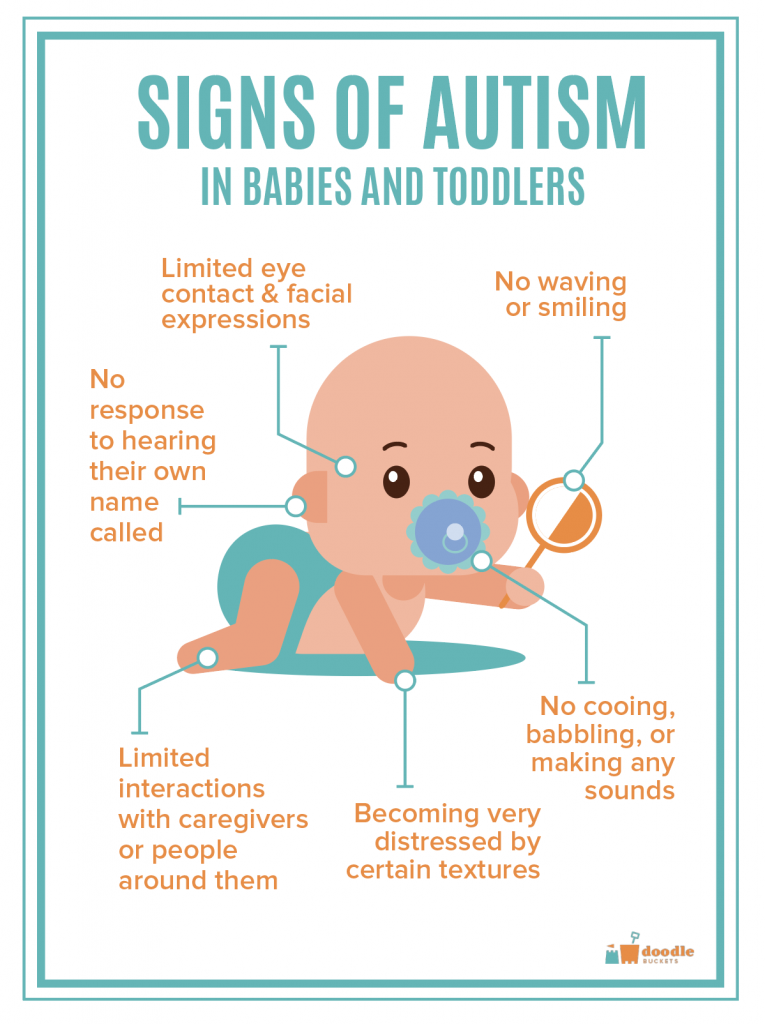 There may also be twitching of the muscles of the limbs and face. Facial features are sharpened, the general condition deteriorates sharply. nine0027
There may also be twitching of the muscles of the limbs and face. Facial features are sharpened, the general condition deteriorates sharply. nine0027
How to protect a child up to a year from heat or sunstroke?
Avoid prolonged stay in a stuffy, damp room with a high temperature; do not place the baby's crib close to a hot battery or stove; you can’t wrap yourself in a warm blanket or clothes that are not suitable for the weather, while making sure that the child is in a panama hat, spacious cotton or linen clothes, be careful that the baby drinks more, while infants are recommended to drink more water, from 11 am to 5 pm not to be with a child under direct sunlight, and at the same time it is desirable to be in a well-ventilated room or under a canopy, awning. periodically wipe the baby's body with a cool, damp handkerchief, napkin, towel nine0027
Symptoms in children older than one year:
With mild heat stroke, weakness, irritability, aggression, headache, nausea, increased heart rate and respiration are observed.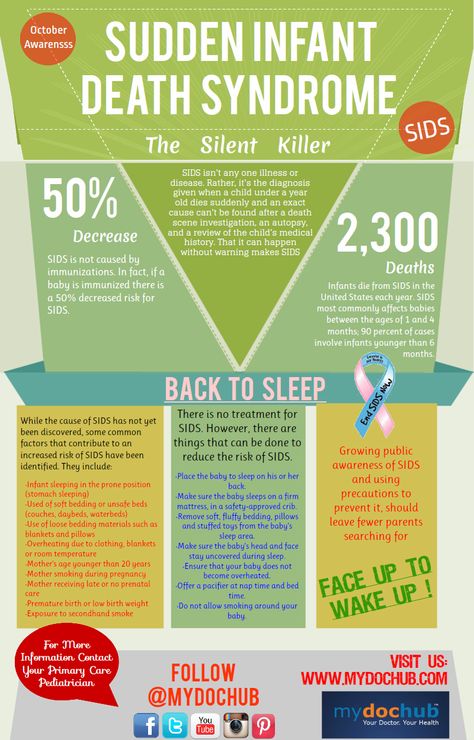
The average severity of heat stroke is manifested by a decrease in motor activity, dry lips, severe headache, dizziness, nausea, vomiting, unsteady and unsteady gait, darkening of the eyes, stupor (tinnitus) and fainting, rapid pulse and breathing, as well as fever up to 39-40 degrees without sweating.
Severe heat stroke develops suddenly. The face turns red at first, then turns sharply pale, dry skin is pronounced, consciousness may be impaired, inhibited reaction to stimuli. Convulsions, hallucinations, delirium are observed. The temperature rises to 41-42 degrees while the child does not sweat.
How to protect a child after a year from heat, sunstroke?
Make sure that the child is always in a panama hat (the best option, because it covers a large area of the baby's skin and is well ventilated at the same time) or a cap. Clothing should be loose, comfortable, not synthetic.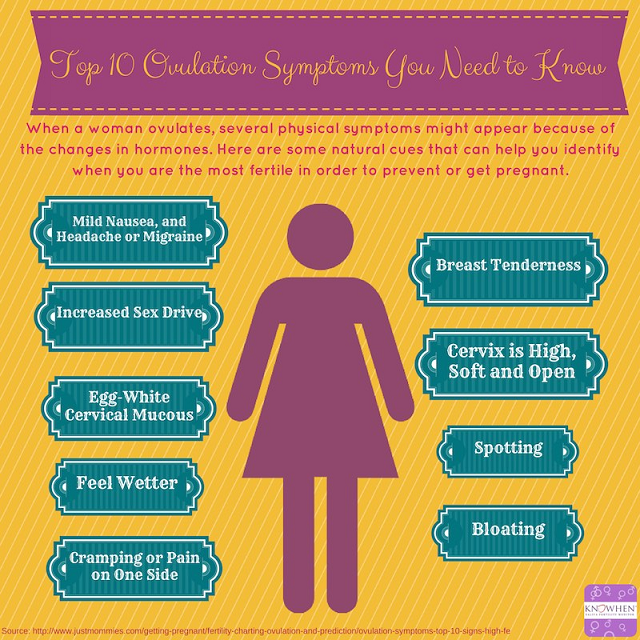 Make sure that the child drinks more (water, chilled dried fruit compote, chilled children's teas). Was not exposed to direct sunlight from 11 a.m. to 5 p.m. Provide access to fresh air. Make sure that the space under the awning or canopy is well ventilated, since the lack of air and stuffiness are dangerous, as they also lead to overheating of the body. If you are relaxing near water bodies, then swimming will protect your body from overheating. If there is nowhere to swim, you can, from time to time, wipe the child with a cool, damp handkerchief or towel. nine0027
Make sure that the child drinks more (water, chilled dried fruit compote, chilled children's teas). Was not exposed to direct sunlight from 11 a.m. to 5 p.m. Provide access to fresh air. Make sure that the space under the awning or canopy is well ventilated, since the lack of air and stuffiness are dangerous, as they also lead to overheating of the body. If you are relaxing near water bodies, then swimming will protect your body from overheating. If there is nowhere to swim, you can, from time to time, wipe the child with a cool, damp handkerchief or towel. nine0027
How to help a child if heat or sunstroke occurs?
1. Take the baby to a cool place
2 if the child is warmly dressed (not according to the weather), take off his clothes or unfasten them, give access to cool (not cold) air to the child's skin.
3 provide the child with a fractional drink (preferably in small sips every 3-5-7 minutes), it is better if it is cool drinking water (do not give carbonated, sweet and milk drinks) nine0027
4 wipe the child's skin with napkins or a towel soaked in cool water, you can use a cold compress on the forehead
5 at the same time constantly monitor the temperature (if the temperature has dropped below 38 degrees, then it is not recommended to carry out further activities, since a sharp decrease in body temperature is highly undesirable.
